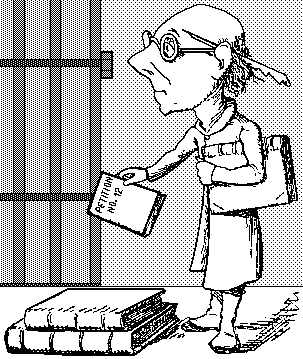

Ohio law has provided for post-conviction relief since 1965. On rare occasions, it is a legal mechanism which can correct an injustice long after a criminal conviction, even if the time for a regular appeal has expired. However, in most cases, it is the source of endless appeals filed by "jailhouse lawyers" who have one thing in common: plenty of spare time. More often than not, these appeals have no merit, and they have become a drain on the resources of courts and prosecutors.
Senate Bill 4 (SB4), effective September 21, 1995, has attempted to limit post-conviction appeals. Under this new law, petitions for post-conviction relief must be filed:
In addition to limiting the time for post-conviction appeals, SB4 specifically states the rule that was created by the courts years ago: all grounds for relief must be raised in a single petition. Nevertheless, the courts did create exceptions to that rule, and the new law continues those exceptions by stating that successive petitions may be allowed for "good cause shown."
The short time limits created by SB4 require new procedures for post-conviction claims that are filed while a regular appeal is pending. If a regular appeal is pending in the court of appeals, the trial court may choose to dismiss the post-conviction petition while the appeal is pending. However, the trial court cannot grant post-conviction relief until the court of appeals remands (returns) the case to the trial court. Either the prosecutor, the defendant, or the trial court may request that the case be remanded to the trial court for that purpose. After the case is remanded, and if the court grants the petition, the prosecution may appeal that decision. If the prosecution's appeal is successful, the defendant can reinstate the original appeal. This procedure will help to assure that issues raised in a post-conviction petition will be decided by the court of appeals only once.
The provisions of SB4 will also restrict the numerous appeals in death penalty cases by limiting the extent to which the Ohio Supreme Court will sit as a "thirteenth juror." As always, that court must judge the sufficiency of the evidence; in other words, it must decide if there was enough evidence to support the conviction. However, the high court may limit its consideration of the "weight" or credibility of the evidence. Under SB4, the Ohio Supreme Court must determine the credibility of evidence related to the death sentence itself, but it is not required to weigh the evidence on any other issues.
Finally, SB4 limits stays of execution in death penalty cases. Once the Ohio Supreme Court has set an execution date, no other Ohio court may grant a stay of execution, neither through a regular appeal, nor through a post-conviction claim. Any stay of execution will require a motion, with good cause shown, and notice to the prosecutor. Four justices of the Ohio Supreme Court are required to grant a stay of execution. With these new provisions, Ohio may finally be able to put into effect a death penalty law which has been on the books since 1981!